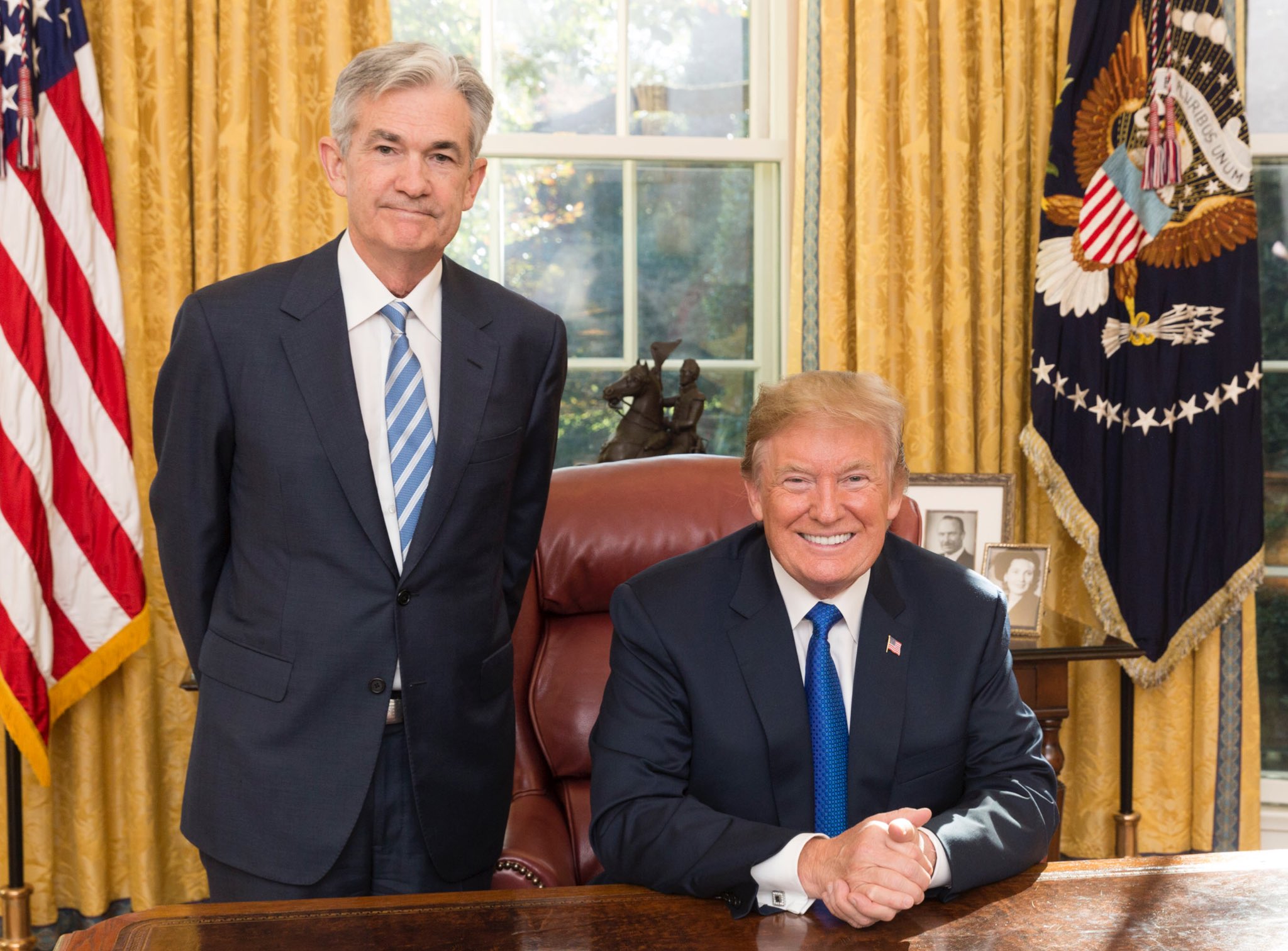The largest U.S. banks are poised to sail through the Federal Reserve’s annual stress tests, reflecting robust capital positions and a less onerous regulatory framework. A streamlined methodology this year, featuring milder economic scenarios and tempered declines in GDP and asset prices, should free up capital for higher payouts to shareholders.
Expectations are high that banks will use their ample buffers to boost dividends by around 3% on average and ramp up share buybacks, analysts say. Tepid loan growth and favorable regulations further enhance banks’ flexibility, though management teams are likely to remain cautious amid ongoing tariff and economic uncertainty.
Market Overview:- Fed holds stress tests Friday with lighter scenarios, including smaller GDP and unemployment shocks.
- Banks’ capital levels strong, setting the stage for dividend hikes and share repurchases.
- Regulatory tweaks to average stress results may reduce volatility in capital requirements.
- Jefferies expects smaller downturn assumptions will improve test outcomes.
- Raymond James analysts foresee conservative capital returns despite optimistic outlook.
- Stress buffer relief could aid Goldman Sachs (GS) and Morgan Stanley (MS) most.
- Future stress tests to average results and increase methodological transparency.
- Wall Street banks may see further relief in their stress capital buffers.
- Citigroup (C) and M&T Bank (MTB) could face slight upticks in capital requirements.
- The largest U.S. banks are expected to pass the Federal Reserve’s annual stress tests with ease, thanks to robust capital positions and a less severe regulatory scenario this year, which is expected to include milder economic shocks and smaller declines in GDP and asset prices.
- Streamlined stress test methodology and regulatory tweaks—such as averaging results over multiple years—are likely to reduce volatility in capital requirements, providing banks with greater certainty and flexibility in their capital planning.
- Strong capital buffers should enable banks to increase dividends by around 3% on average and ramp up share buybacks, delivering higher returns to shareholders.
- Favorable regulatory changes and a more benign tone from the Fed under the revised framework bode well for banks’ ability to return capital and pursue strategic growth initiatives.
- Aligning Fed and internal stress test methodologies will improve transparency and help banks better understand and manage their capital needs, further supporting investor confidence.
- With stress tests set to become less severe in future years, the industry anticipates a more stable capital planning environment, allowing big lenders to focus on rewarding shareholders and investing in growth.
- Despite strong capital positions, banks are likely to remain cautious in their capital returns due to ongoing uncertainty around tariffs, economic conditions, and potential regulatory reforms, which could limit the scale of dividend increases and buybacks.
- While most banks are expected to benefit from lighter stress test scenarios, Citigroup and M&T Bank could face slight upticks in their capital requirements, potentially constraining their ability to boost payouts.
- Tepid loan growth across the sector could dampen revenue and profitability, even as banks enjoy more flexibility on the capital front.
- Future regulatory changes, including the possibility of higher capital requirements under proposals like Basel III, could reintroduce volatility and pressure on banks’ capital planning processes.
- Any unexpected deterioration in economic conditions or a resurgence of market volatility could force banks to tighten their capital buffers, reducing their capacity to return capital to shareholders.
- While the stress test framework is becoming more transparent and less volatile, banks still face significant operational and compliance costs in adapting to evolving regulatory expectations.
Analysts at JPMorgan (JPM) note that a more benign regulatory tone under the Fed’s revised framework bodes well for banks’ capacity to return capital, even as they navigate the timing and scope of potential reforms. Morgan Stanley’s (MS) Betsy Graseck adds that aligning Fed and internal stress methodologies will demystify test outcomes.
With the stress tests set to become less severe over coming years, industry veterans anticipate a more stable capital planning environment, allowing big lenders to focus on strategic growth and shareholder rewards.




